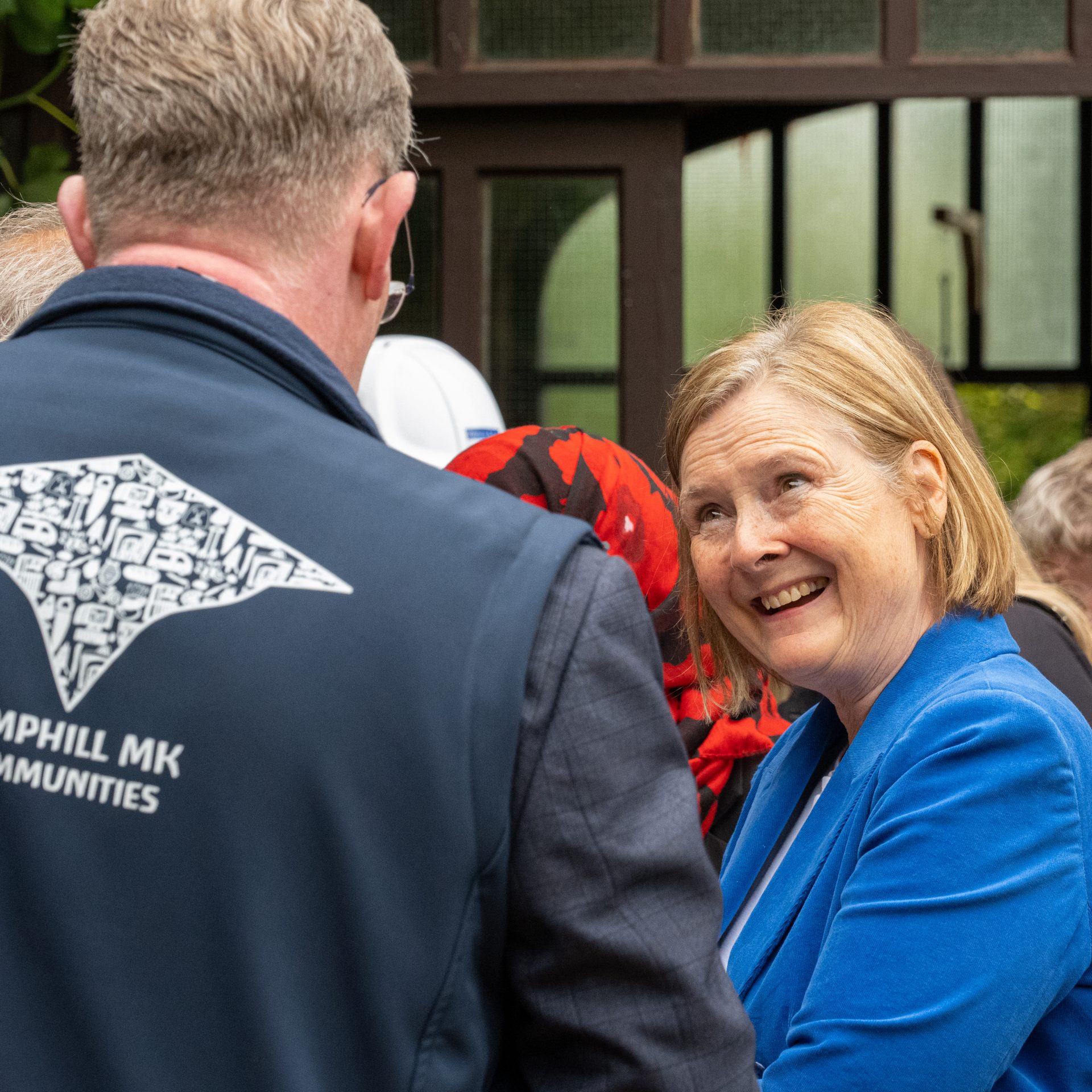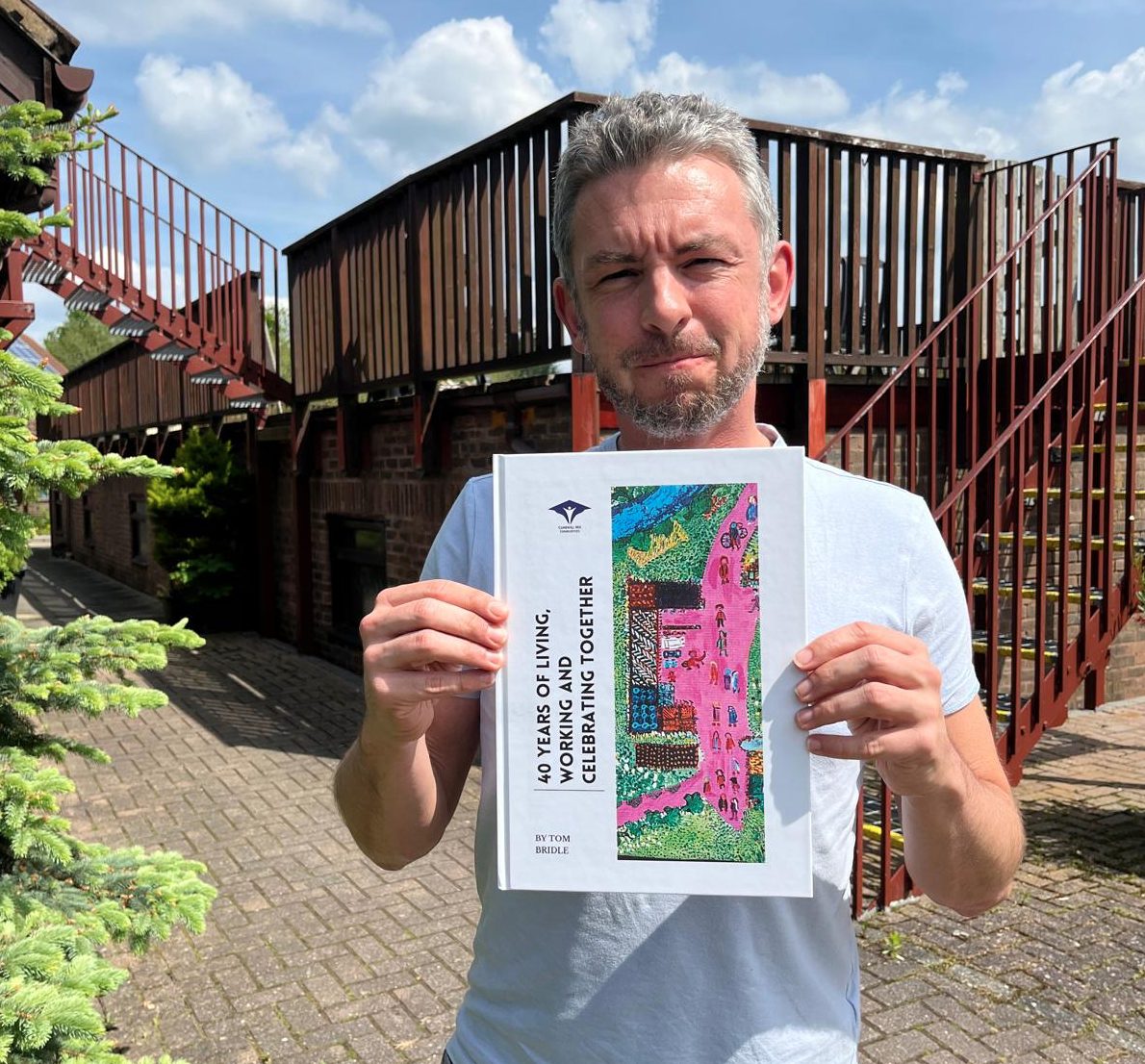
Founders of Camphill – Karl König
We at Camphill Milton Keynes Communities are celebrating our 40th birthday this year!!
One of our senior managers, Thomas, has been discussing the various founders of Camphill to help us understand the legacy of how our community came about. He discusses how it relates to our community today and why our practice has a more profound meaning.
We know that Camphill is more than just a name and very different to most conventional social care providers!
Here Thomas tells us about Karl König .
Karl König was an Austrian Jew who studied medicine in Vienna in the 1920s and worked in an institute for adults with learning disabilities. König then worked as a paediatrician at the Rudolf Steiner-inspired Schloß Pilgrimshain institute in Strzegom and had his own medical practice until he was forced to flee Austria in 1938 following Adolf Hitler’s rise to power.
König came to Aberdeen and met with many of his former colleagues and friends who’d also fled Nazi-occupied countries during this time. They occupied an old estate called “Camphill” in Aberdeen, Scotland which became the first Camphill Community based on curative education. He was a great believer in the abilities and spiritual/holistic welfare of children with disabilities and the idea that they have a potential that can be unlocked and developed. This was pioneering when seclusion, isolation and chemical control were generally seen as the “correct” approach for people living with intellectually-limiting disabilities. Central to this was using the arts to develop potential- Camphill communities are always alive with art and craft activity, drama and have a very specific aesthetic and architectural style. König was also religious and a great believer in the spiritual potential of those living with disabilities, inspired by Rudolf Steiner’s work before him.
From the first community in Aberdeen, Camphills began to develop all across the World – at the time they were founded, built, maintained and run by co-workers who adopted Camphill as a way of life rather than a job. In retrospect, it was decades ahead of its time considering how to work alongside and with adults and children with learning disabilities instead of marginalising them. It’s only in the last 20-30 years that the rest of social care has “caught up” with ideas around inclusion, dignity and occupation that were being espoused decades earlier by these communities.
However, many of the Camphill estates are quite remote. It would have been interesting to know what König might have made of Camphill Milton Keynes, one of the most urban communities and seen as an important step towards further community integration.
He did inspire two of the people who were instrumental in founding the MK community: Morwenna Bucknall and Ann Harris who both worked with him in the 50s and 60s and later went on to play significant roles in establishing and building the community here. Morwenna had many original copies of König’s books, some of which were signed and may even still be in the library somewhere.
Thomas will be expanding more on the history of the movement and how the Milton Keynes community was built in the 80s for those who wonder “why is this here?”.


